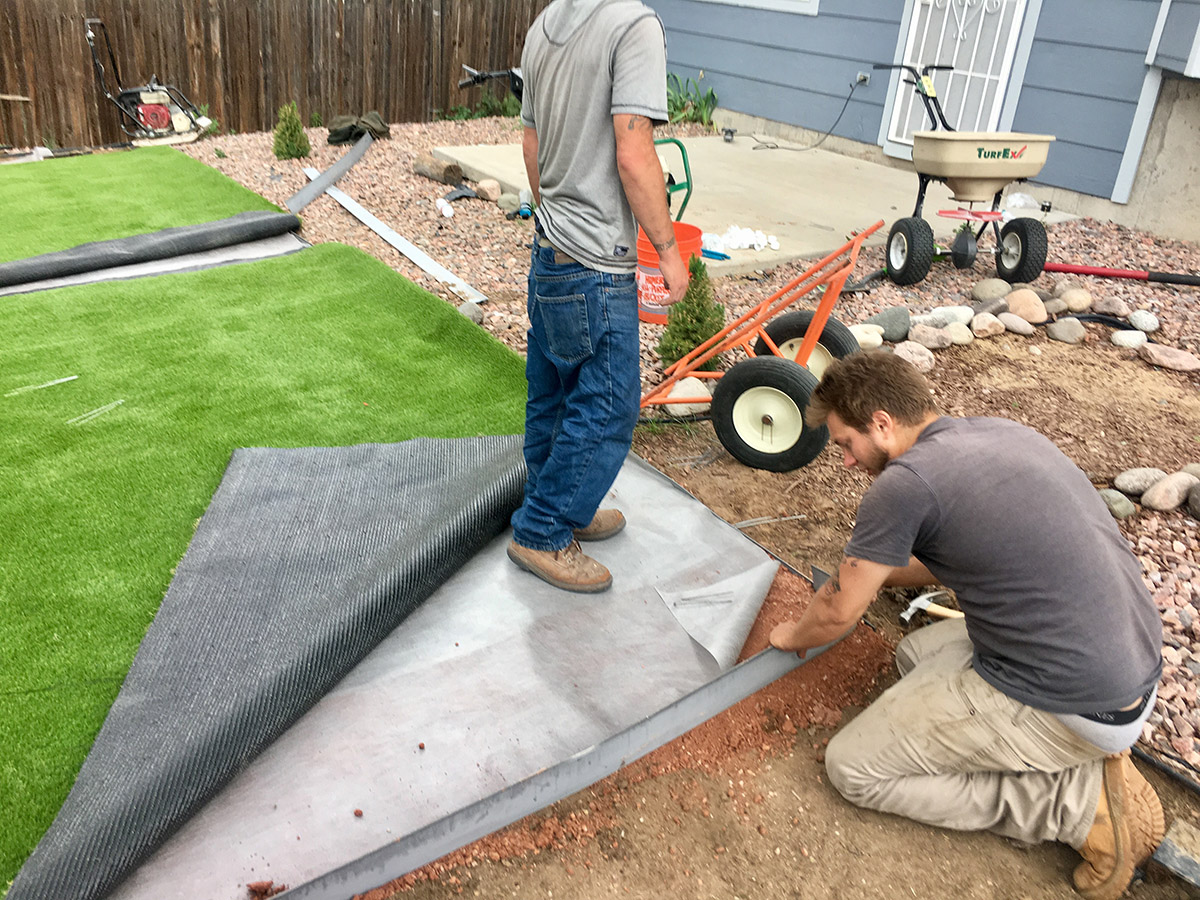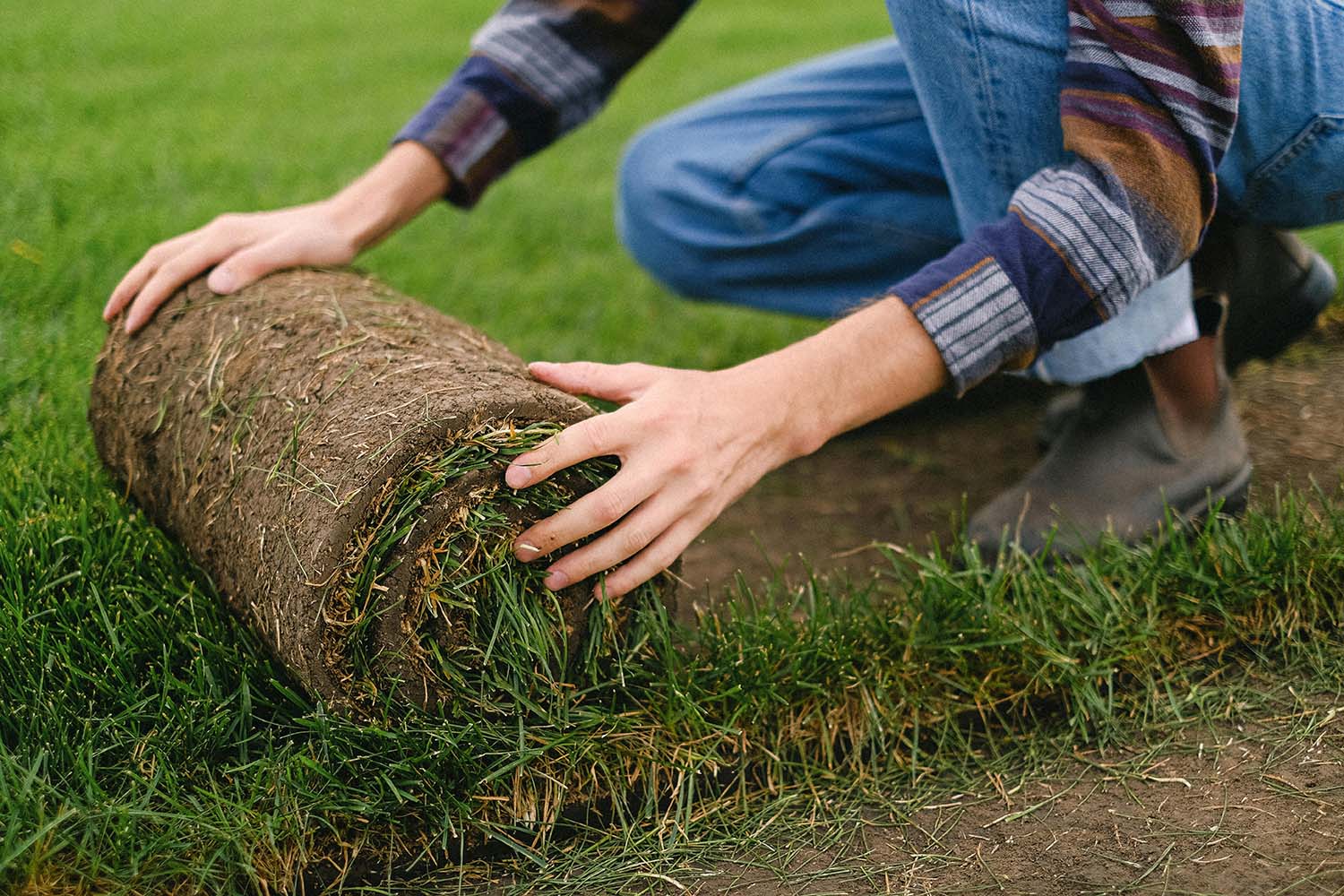Weather-Resistant Arizona Artificial Turf for Residential and Business Applications
Delve Into the Environmental Advantages of Opting for Artificial Turf Solutions
The adoption of fabricated lawn services offers an engaging chance to deal with pressing environmental obstacles. By considerably minimizing water usage and decreasing the application of damaging chemicals, these options not only promote lasting landscape design but also safeguard local communities.
Water Conservation Perks
Among the most substantial benefits of fabricated lawn is its capability to save water. Conventional turf lawns call for substantial irrigation, specifically in areas prone to drought or water limitations. In comparison, fabricated grass does not require watering, dramatically lowering the total need for water resources. This attribute is specifically advantageous in deserts where water scarcity is a pushing issue.
By eliminating the demand for regular watering, synthetic grass adds to lasting landscape techniques and assists reduce the environmental impact of too much water intake. The preservation of water expands to the reduction of overflow, which can lead to soil disintegration and waterway air pollution.
Furthermore, the installment of fabricated lawn permits home owners and towns to designate water resources extra effectively, concentrating on important usages such as drinking water and agriculture. The shift in the direction of man-made grass not only advertises responsible water usage however additionally straightens with broader ecological goals intended at protecting natural deposits.
As areas progressively focus on sustainability, the water conservation advantages of man-made turf present an engaging case for its fostering in industrial and domestic landscaping projects.
Lowered Chemical Use
The change to synthetic grass significantly reduces the dependence on chemical treatments frequently made use of in all-natural yard maintenance. Standard turf administration typically entails the application of herbicides, chemicals, and fertilizers to advertise development and control pests. These chemicals can present dangers to human health, local wildlife, and the environment, contributing to dirt and water contamination.
In contrast, fabricated lawn removes the requirement for these hazardous substances. By reducing the launch of artificial substances into the ecological community, artificial grass advertises healthier soil and water systems.
Furthermore, the absence of chemical runoff related to synthetic grass installments helps protect regional rivers from pollution, supporting marine life and maintaining biodiversity. Artificial turf companies phoenix. As areas increasingly focus on sustainable techniques, choosing fabricated lawn provides a feasible solution that aligns with environmental preservation goals. With this change, homeowner can enjoy lavish environment-friendly areas without jeopardizing environmental health and wellness, leading the way for a more sustainable future
Reduced Carbon Impact

Moreover, the installation of synthetic grass can result in significant water preservation. Natural lawns call for significant quantities of water for watering, which not only includes in the carbon footprint linked with water removal and treatment however also stress neighborhood water resources. In comparison, man-made turf requires marginal upkeep, needing no watering, consequently substantially decreasing Read More Here water usage and its connected power expenses.
In addition, the long life of man-made turf contributes to its reduced carbon effect. With a life-span of up to 15 years or more, the need for constant replacements is decreased, resulting in less waste and reduced power usage in production and throwing away traditional turf alternatives. On the whole, synthetic grass presents a sustainable choice for ecologically conscious landscape design.
Habitat Preservation
Habitat conservation is a vital consideration in the debate over landscaping choices, especially when comparing fabricated turf to all-natural yard. All-natural lawn lawns commonly require extensive upkeep, including making use of herbicides, fertilizers, and chemicals, which can negatively impact neighborhood environments. These chemicals can leach right into the dirt and waterways, harming indigenous vegetation and fauna and interrupting regional habitats.
Man-made grass eliminates the demand for hazardous chemicals, thereby securing neighboring wildlife and maintaining the honesty of bordering ecological communities. The setup of man-made lawn can lead to the conversion of former lawn areas right into even more biodiverse landscapes, such as pollinator gardens or indigenous plant locations, which can support neighborhood wildlife.
Inevitably, the shift to synthetic grass not just conserves water and decreases maintenance initiatives yet also promotes an extra harmonious relationship in between human tasks and the native environment, advertising habitat preservation in the process.
Long-Term Sustainability
Long-lasting sustainability is a critical variable in examining the benefits of fabricated grass over conventional grass lawns. Among the most substantial benefits of fabricated turf is its durability; it can last up to 15-20 years with marginal upkeep, whereas all-natural yard needs constant reseeding and replacement. This long life lowers the demand for constant resources, such as water, plant foods, and pesticides, which are vital for keeping a healthy and balanced yard yard.
In addition, man-made turf adds to a decrease in carbon emissions related to linked here grass treatment devices. Traditional lawns typically require gas-powered lawn mowers, leaners, and blowers, all of which add to air contamination. Arizona artificial turf. On the other hand, synthetic grass eliminates the demand for such tools, promoting a cleaner setting
In addition, the manufacturing of man-made lawn significantly utilizes recycled materials, enhancing its sustainability profile. As makers take on green techniques, the environmental impact of man-made grass proceeds to decrease.

Conclusion
The fostering of synthetic grass services offers considerable environmental benefits, including significant water conservation, minimized reliance on harmful chemicals, and a lower carbon impact. Synthetic grass aids in maintaining natural environments by reducing land disturbance and promoting lasting sustainability with the usage of long lasting materials. Collectively, these variables underscore the potential of man-made turf to add favorably to ecological health and wellness and offer a feasible option to conventional landscape design methods in an increasingly resource-conscious world.
In comparison, man-made grass does not require watering, dramatically decreasing the total need for water resources. By minimizing the release of artificial substances right into the ecological community, synthetic turf advertises much healthier soil and water systems.
Additionally, the setup of fabricated lawn can result in substantial water preservation. In comparison, artificial lawn requires minimal upkeep, requiring no watering, thus considerably minimizing water use and its associated energy expenses.
